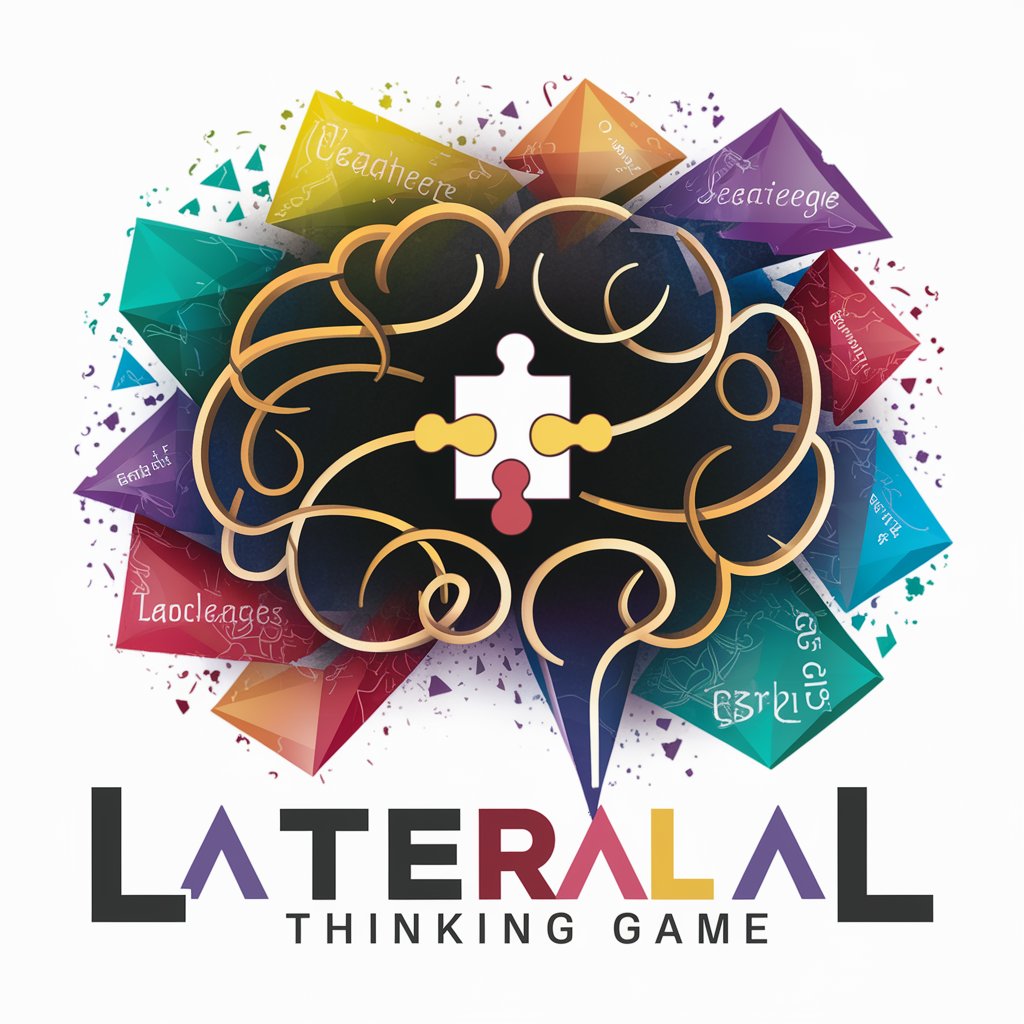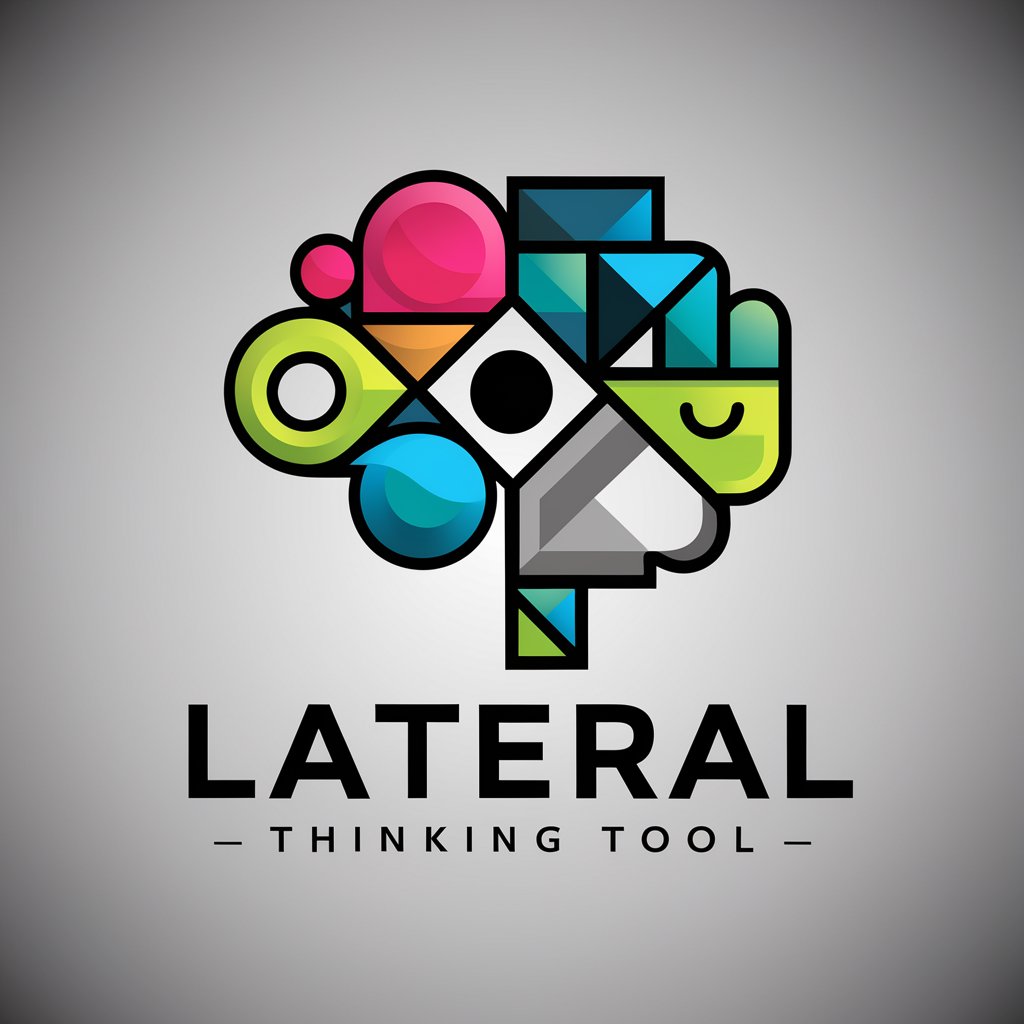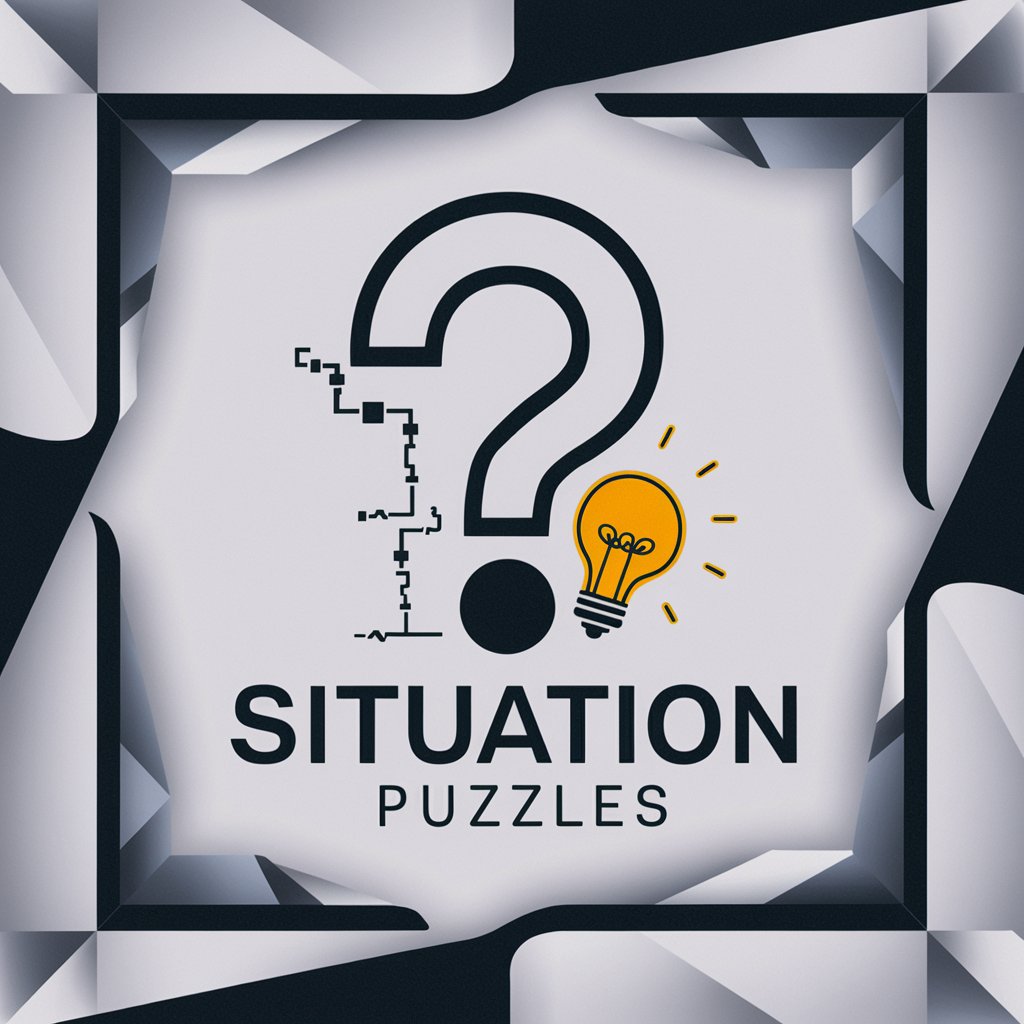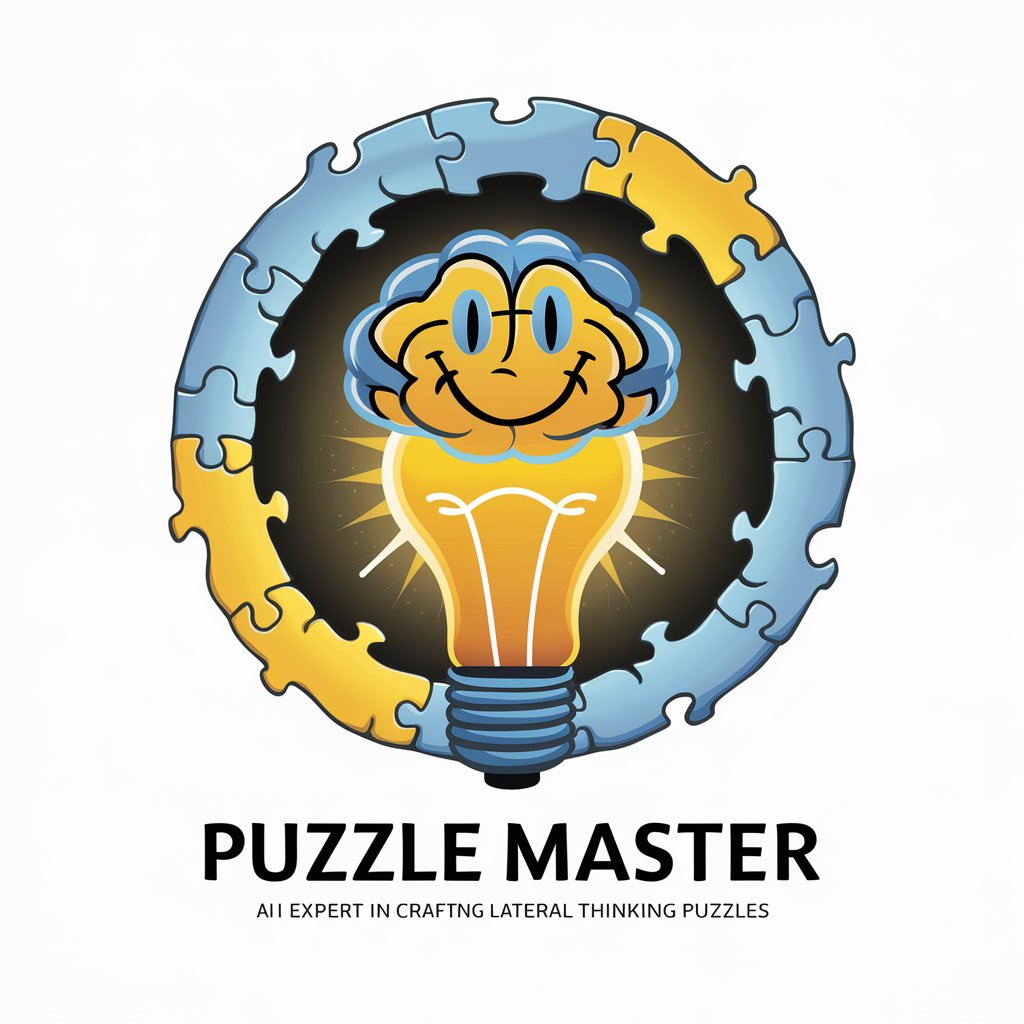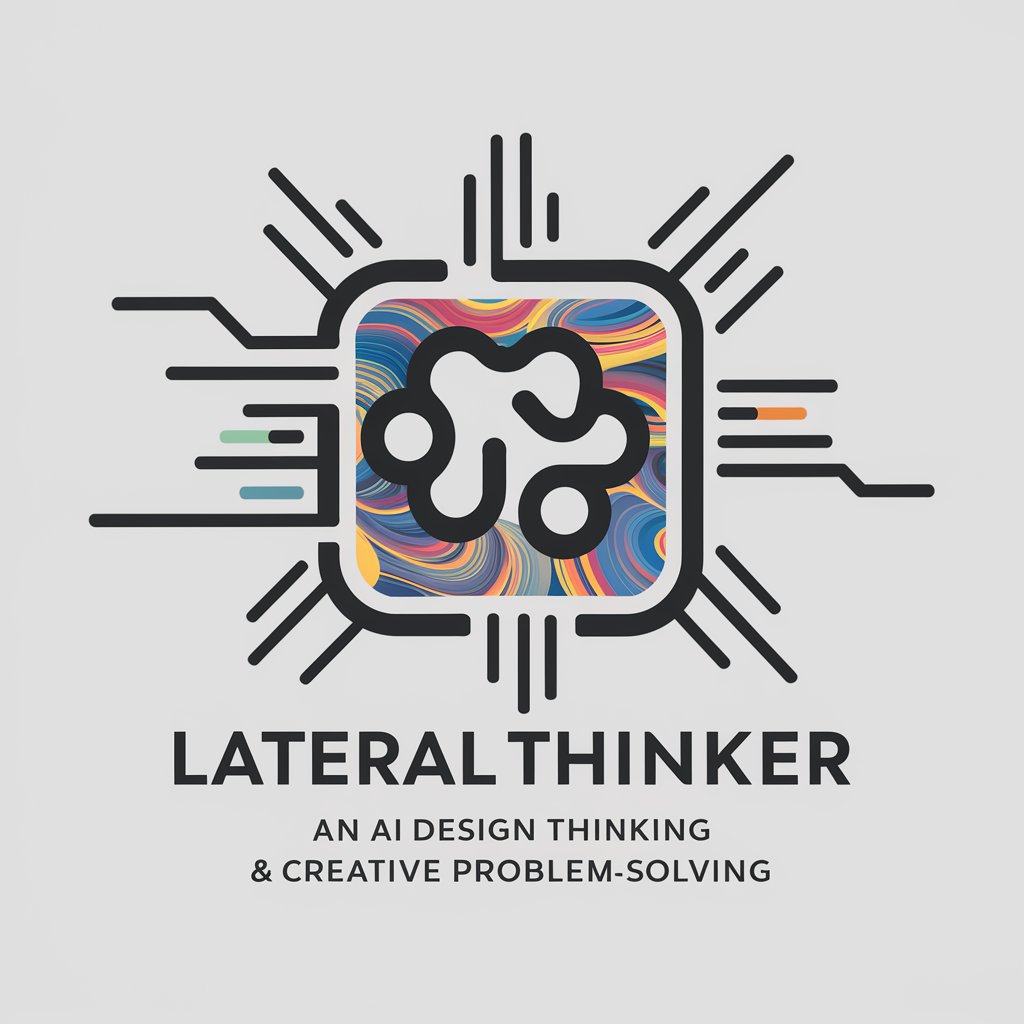
Decision making with Lateral Thinking - Creative Decision Support

Welcome to your decision-making ally, Mr. Blue.
Empower decisions with AI-driven lateral thinking
How can we generate innovative solutions for this problem?
What are the key benefits of this approach?
What potential drawbacks should we consider?
What are the facts and data supporting this decision?
Get Embed Code
Understanding Decision Making with Lateral Thinking
Decision Making with Lateral Thinking is designed to enhance decision-making processes by integrating diverse perspectives and approaches. Unlike traditional decision-making models that follow a linear, often hierarchical approach, this method emphasizes lateral thinking—a way of solving problems through an indirect and creative approach, often viewing the problem in a new and unusual light. This involves understanding and addressing a problem from multiple viewpoints, thereby fostering innovative solutions. For instance, in a business setting, instead of simply focusing on cost-cutting to improve profitability, lateral thinking might suggest exploring new markets or product innovations to increase revenue. Powered by ChatGPT-4o。

Core Functions of Decision Making with Lateral Thinking
Facilitating Comprehensive Analysis
Example
In a project management scenario, a team might be facing delays. The traditional approach might focus solely on increasing workforce or extending hours. However, through lateral thinking, the team explores multiple dimensions such as process optimization, motivation techniques, or even technological tools to streamline tasks, effectively addressing the root causes of delays rather than just the symptoms.
Scenario
Project Management Delays
Promoting Creative Solutions
Example
A marketing team struggling with declining engagement rates might traditionally consider increasing their advertising budget. Using lateral thinking, they might instead explore unconventional marketing channels, partnership opportunities, or even rebranding efforts to rejuvenate the brand's image and connect with audiences in novel ways.
Scenario
Reinvigorating Marketing Strategies
Encouraging Collaborative Decision Making
Example
In a policy-making context, different stakeholders might have conflicting interests. Lateral thinking facilitates a platform where diverse viewpoints are considered, encouraging stakeholders to step into each other's shoes. This can lead to more balanced and innovative policies that cater to a wider array of interests and needs.
Scenario
Policy Development in Government
Ideal Users of Decision Making with Lateral Thinking
Business Leaders and Managers
This group benefits from using lateral thinking to navigate complex business landscapes, drive innovation, and foster team collaboration. By applying these strategies, leaders can uncover unique opportunities and solutions, leading to competitive advantages and organizational growth.
Creative Professionals
Designers, writers, artists, and other creatives can use lateral thinking to break through creative blocks, find inspiration in unexpected places, and create original works. This approach helps them to continuously innovate and stay relevant in their fields.
Educators and Trainers
These professionals can incorporate lateral thinking into their teaching methodologies to promote critical thinking, problem-solving skills, and creativity among students. It's particularly beneficial in preparing students to face real-world challenges with adaptable and innovative mindsets.
Policy Makers and Social Planners
For those involved in shaping policies or planning social services, lateral thinking offers a tool to address complex societal issues with innovative solutions that consider the needs and perspectives of diverse stakeholders, leading to more effective and inclusive outcomes.

How to Utilize Decision Making with Lateral Thinking
1
Start your journey at yeschat.ai for a complimentary trial, no sign-up or ChatGPT Plus required.
2
Familiarize yourself with the tool's interface and functionalities to fully leverage its capabilities for your decision-making processes.
3
Engage with the tool by presenting a specific problem or decision scenario you are facing. Be as detailed as possible for the best guidance.
4
Utilize the provided lateral thinking perspectives to evaluate your situation from multiple angles, enhancing your problem-solving approach.
5
Apply the insights and recommendations from the tool in your decision-making process, and consider revisiting with new information or for further clarification.
Try other advanced and practical GPTs
E-Commerce
Empowering E-Commerce with AI

Detailed Outline Creator
AI-Powered Outline Creation at Your Fingertips
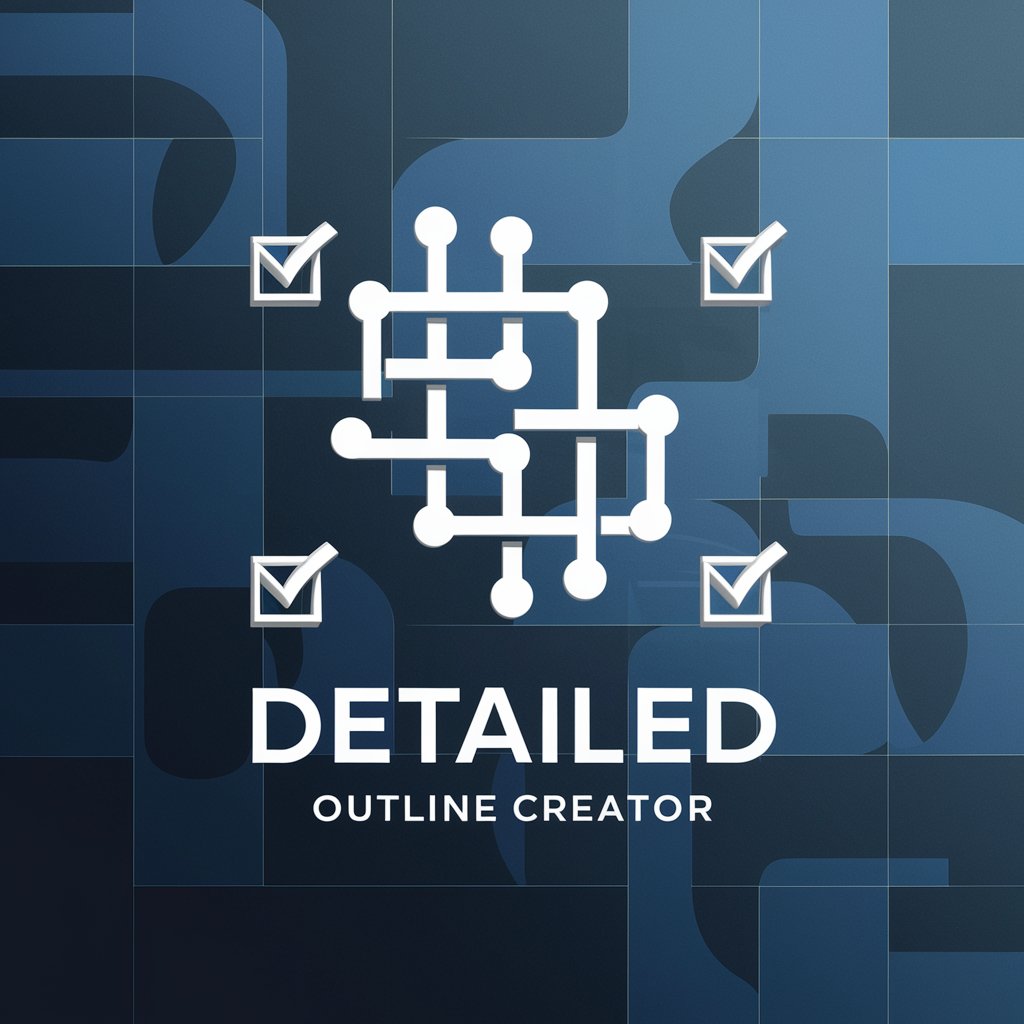
Contract Data Points
Streamlining Contract Insights with AI

SEO Titler
Optimize your SEO with AI-powered creativity

GPT Immo
Empowering Your Home Search with AI

tax
AI-Powered Tax Expertise

All Star Li Profile
Transform Your LinkedIn into a Client Magnet

Creative Korean Scenario Writer
Innovate stories, embrace culture.

Architectural
Empowering architecture with AI
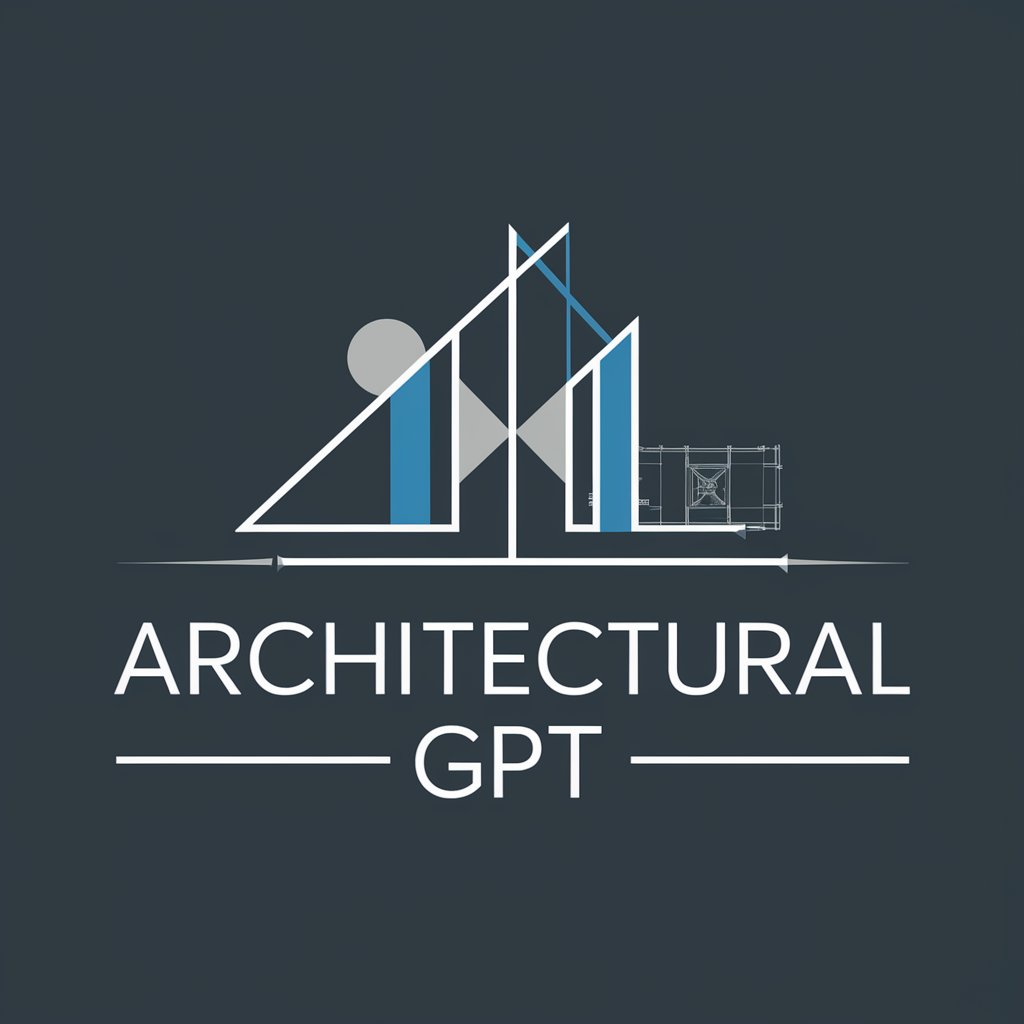
IBT - Technical Support
Instant tech support, powered by AI

Dust
Harness AI to Combat Dust

450 Bushmaster
Empowering Big Game Hunts with AI

Frequently Asked Questions on Decision Making with Lateral Thinking
What is Decision Making with Lateral Thinking?
It's a tool designed to enhance decision-making by applying lateral thinking techniques, offering diverse perspectives to approach problems creatively.
How can this tool help in problem-solving?
By providing multiple viewpoints on a situation, it encourages users to think outside the box, identify new opportunities, and foresee potential challenges.
Can this tool be used for personal decisions?
Absolutely. Whether you're facing personal dilemmas or professional challenges, this tool can offer valuable insights and alternative approaches.
Is there a limit to how often I can use this tool?
No, users are encouraged to utilize the tool as often as needed to explore different perspectives and solutions for any number of problems.
How does lateral thinking differ from traditional problem-solving?
Lateral thinking encourages non-linear approaches, focusing on creative and indirect methods to solve problems, as opposed to traditional, linear, and logical methods.
